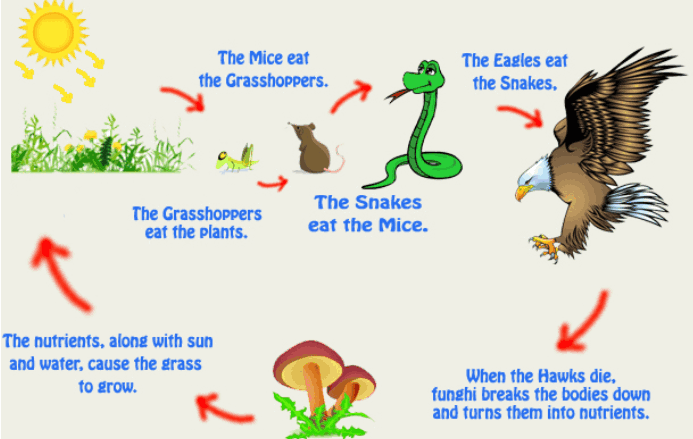Science Notes for Chapter 12 Forests: Our Lifeline Class 7 - FREE PDF Download
FAQs on Forests: Our Lifeline Class 7 Science Chapter 12 CBSE Notes - 2025-26
1. What is the key summary of Class 7 Science Chapter 12, 'Forests: Our Lifeline'?
Chapter 12 explains that forests are complex ecosystems providing vital resources such as oxygen, food, shelter, and water. They help regulate the climate and water cycle, prevent soil erosion, and support rich biodiversity. The chapter emphasises the interdependence of plants, animals, and microorganisms and highlights the role of forests in sustaining life on Earth.
2. What are the essential concepts to revise in Forests: Our Lifeline Class 7 notes?
Focus your revision on these core ideas:
- Functions of forests: oxygen production, climate control, and water regulation
- Biodiversity: variety and interdependence of living things
- Deforestation: causes and environmental impacts
- Conservation strategies
- Forest layers: structure from trees to shrubs and herbs
3. How should students use revision notes for Chapter 12 to prepare effectively for exams?
Use the notes to quickly review key definitions, summarise major concepts, and study diagrams that explain the structure and functions of forests. After each section, write your own brief summary and create flashcards for important terms like biodiversity, ecosystem, and deforestation for faster recall during revision.
4. What is a concept map of 'Forests: Our Lifeline' and how can it help in revision?
A concept map visually shows the relationships between key terms, such as forest benefits, ecosystem roles, layers, interdependence, and conservation. Using a concept map during revision helps you quickly connect ideas and see how various elements of forests interact, supporting better understanding and retention.
5. How are biodiversity and the stability of forests related, according to the Class 7 revision notes?
Biodiversity ensures that forests are stable and resilient. The presence of varied plant and animal species allows the ecosystem to recover from disturbances and maintain balance. Loss of biodiversity can make forests more vulnerable to pests, diseases, and climate change effects.
6. Why is deforestation highlighted as a key concern in revision notes, and what are its long-term effects?
Deforestation is stressed in the notes because it directly leads to loss of habitat, increased carbon dioxide in the atmosphere, and soil erosion. The long-term impact includes global warming, disruption of the water cycle, loss of wildlife, and harm to communities dependent on forests.
7. What revision strategies can help connect Forests: Our Lifeline with other chapters in the syllabus?
Connect the topic with chapters on plants, respiration, and environmental science. Link the functions of forests to air quality (respiration), food chains (plants/animals), and climate regulation (changes in environment). This integrated approach helps in answering cross-topic questions in exams.
8. How does the revision notes chapter explain the process of soil conservation by forests?
The notes explain that tree roots and plant cover in forests help bind soil and prevent erosion. Forests slow down rainwater, reduce runoff, and increase the soil's ability to absorb water, thereby preventing floods and maintaining soil fertility.
9. What are common misconceptions about forests addressed in the revision notes?
A common misconception is that forests are only important for providing wood. The notes clarify that forests are crucial for maintaining ecological balance, supporting biodiversity, climate regulation, preventing soil erosion, and sustaining human and animal life.
10. How do the revision notes summarise forest conservation measures suitable for exam revision?
The notes summarise conservation measures as follows:
- Afforestation: planting new trees
- Reforestation: restoring degraded forests
- Sustainable resource use: careful logging and use of resources
- Protecting wildlife habitats
- Awareness and education about forest value




















